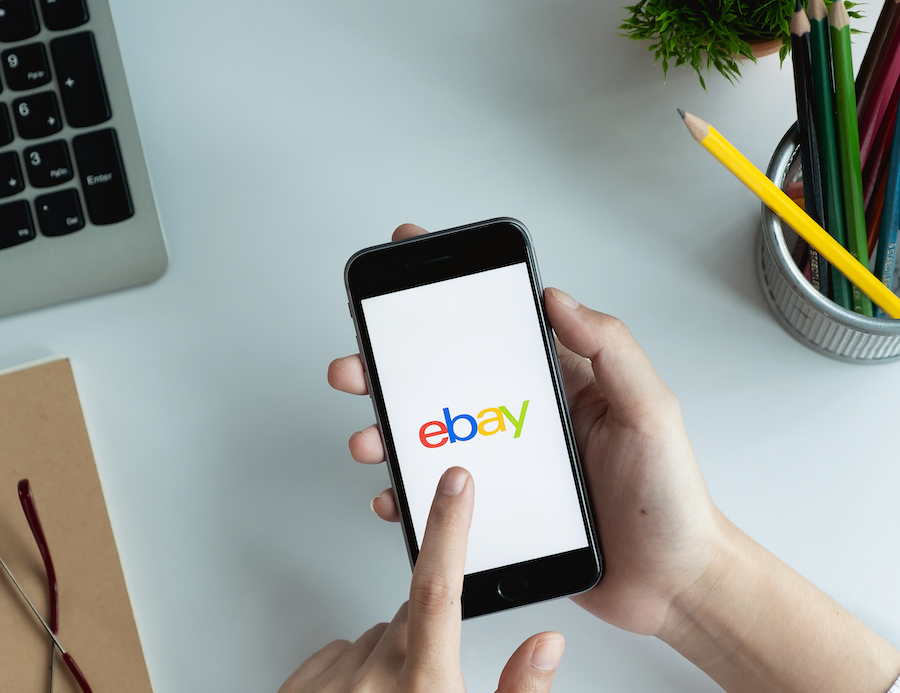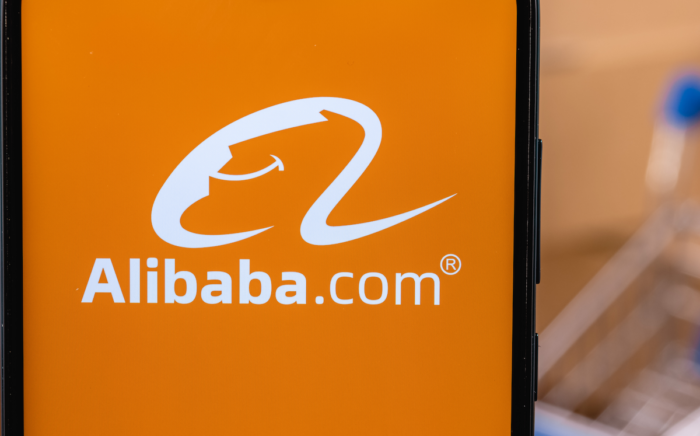Table of Contents
If you’re a small business owner, savvy entrepreneur, or just someone looking to make a little extra cash at home, chances are you’ve considered becoming an Amazon seller or eBay seller.
But when it comes to what you have to offer the world of the internet, which is better, eBay or Amazon?
In this guide, we’ll break down the key differences between the two sites, and how you can start selling on either site today.
We’ve also written in detail about Chewy vs Amazon, Instacart vs Amazon Fresh, and Alibaba vs Amazon just in case you are curious about how other retailers compare to Amazon!
Selling on Amazon vs eBay: What’s the Difference?
Buying a favorite product on Amazon or hunting down the best deals on eBay can feel like an adventure for buyers, but sellers have more at stake when choosing between the two platforms.
Unsure which eCommerce site will best boost your business? Below, we’ll explore the key differences between Amazon and Ebay:
- Business Models
- Pricing
- Seller Services
- Buyer Services
Selling on Amazon vs eBay: Business Models + Pricing
According to Amazon founder Jeff Bezos, eBay is the company’s main competitor in the third-party sellers marketplace business.

Both Amazon and eBay rely on third-party sellers to list their products on the site, but while Amazon looks and acts like a traditional retail store, eBay functions more like an auction house rather than an e-commerce business.
Amazon’s Model
Amazon provides goods to consumers directly, selling either their own in-house brand or products from third-party sellers (like you!). The latter makes up the majority of their offerings.
The pricing model at Amazon is similar to any online retailer—there are fixed prices, with discounts for Amazon Prime members.
In fact, Amazon customers are usually very satisfied because learning how to save money on Amazon and how to add promo code on Amazon is relatively straightforward, unlike competitors.
eBay’s Model
eBay is an auction house, meaning they exist to facilitate the buying and selling of goods (though without that fast-talking auctioneer you always see in the movies and TV).
At eBay, the business model is centered around fostering a healthy marketplace for third-party sellers and a very specific kind of buyer.
These buyers visit the site to search for products they cannot get anywhere else (i.e. a rare comic book collection) and are willing to bid on items through individual auctions. That being said, eBay buyers may also be looking for something as everyday as a discounted pair of sneakers or a sundress from a favorite brand name—eBay has it all.
eBay’s individual auctions can last three, five, seven, or 10 days, and whoever is willing to pay the most at the end of the specified time frame gets to purchase the coveted product. eBay also has an option for sellers to bypass the auction model and instead just set up a straightforward price and purchase method.
Selling on Amazon vs eBay: Services for Sellers
Because eBay relies on third-party sellers to list items in the marketplace, it could be said that they’re a bit more seller-oriented, while Amazon is more buyer-oriented.
However, both sites charge seller fees, and have different steps you’ll need to take to set up an account.
Getting Started on Amazon
The Amazon online marketplace has two different plans sellers can choose from when establishing an account: individual or professional.
- The professional plan is more elaborate and is designed for those who plan to do a lot of selling—more than 40 items a month. The professional plan costs $39.99 a month, but this also gives sellers access to Amazon Sponsored Products ads, which will insert your product into ads on different pages.
- The individual account plan is a bit more streamlined and is easier to set up. It also has no monthly subscription fee, but for every item you sell you will have to pay Amazon $0.99. Depending on what items you’re looking to sell, you may need a professional account—you can check Amazon’s list of categories with and without restrictions online.
When setting up your Amazon account, you can either use your customer account or create a new sellers account with a business email. Before signing up, make sure you have the following at the ready:
- Business email address or Amazon customer account
- Chargeable credit card
- Government ID
- Tax information
- Phone number
- A bank account where Amazon can send your proceeds

Getting Started on eBay
eBay charges sellers two different fees: an insertion selling fee and a final value fee. The insertion fee is a product listing fee, which a professional seller is charged per listing per category. The good news is all sellers get up to 200 zero-fee listings on the eBay shop every month.
The final value fee is tacked on when the item sells and depends on the total sale amount which includes shipping and other additional charges. An individual seller may also face additional fees like advanced listing upgrade fees and supplemental service fees (i.e. shipping labels).
To start selling on eBay, you’ll need to set up an account—personal is best for casual selling while business is better for more serious selling. To register a business account you’ll need your pertinent business details like business name, type, and address.
Selling on Amazon vs eBay: Services for Buyers
In 2020, Amazon was responsible for nearly a third of all eCommerce in the United States.
That may be because, within the Amazon empire, folks can stream their favorite TV shows, purchase clothing from top brands, order groceries, and download e-Books. It’s a one-stop shop for almost everything.
eBay, as we’ve noted, functions primarily as a marketplace, without all the bells and whistles of the Amazon ecommerce platform.
The additional services these platforms offer for buyers are worth considering when you are deciding which platform is best for your business.
Do you want to send people to Amazon to buy your product, where they may be headed anyway? Or will Amazon’s myriad Amazon buyer options distract your potential customer audience? Are your potential buyers familiar with the eBay model? Will they visit the site simply for your product?
These are all questions to ask before deciding which platform is best for you.
RebateKey: Used by Trusted Retailers Like Amazon and eBay
Now that you know more about selling products on popular eCommerce sites Amazon and eBay, you can determine which platform makes the most sense for your business.
To boost your sales on either platform, sign up as a seller on RebateKey. RebateKey works with both Amazon and eBay, and offers up to 100% cash-back rebates and coupons. Ready to take your small or established business to the next level? Head to RebateKey today.
Sources:
https://sell.amazon.com/sell.html
https://www.digitalcommerce360.com/article/us-ecommerce-sales
https://www.digitalcommerce360.com/article/us-ecommerce-sales
https://www.fundera.com/blog/selling-on-ebay
https://www.investopedia.com/articles/investing/061215/how-are-ebay-and-amazon-different.asp
https://www.investopedia.com/ask/answers/120314/who-are-amazons-amzn-main-competitors.asp


